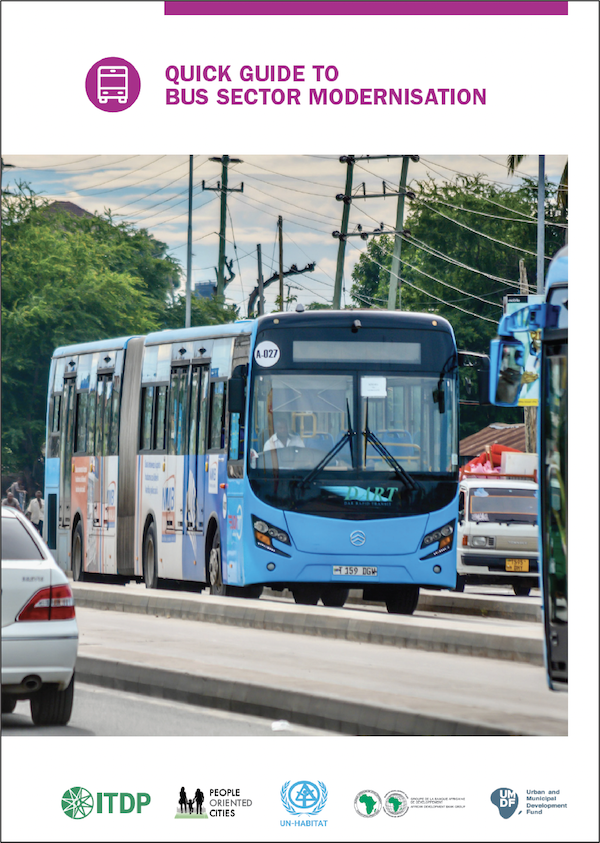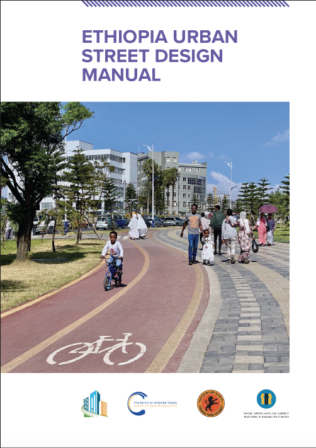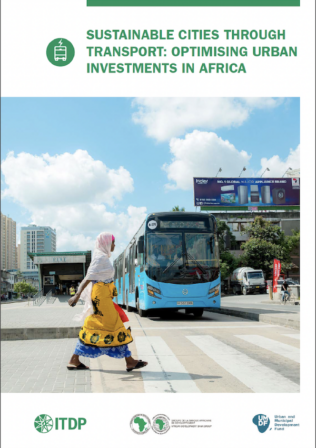Quick Guide to Bus Sector Modernisation
Public transport is a basic and necessary public service for any city. In cities around the world, many people depend on public transport as the primary means of transport. However, while some cities have achieved international recognition for their world-class public transport infrastructure and excellent operations, other cities have poor-quality public transport services, pushing potential passengers to use personal motor vehicles instead.
Great public transport services require both intelligent government regulation and contracting robust and effective private companies. Government’s role in public transport operation varies widely. In the best cases, governments decide which public transport services to provide, then tender out these services through competitive bidding to modern quality-oriented companies. These modern companies are profitable, competitive, and provide high-quality jobs with benefits.
In the worst cases, governments play little or no role in public transport operations, and informal organisations dominate individual vehicle owners and operators. This comes at the expense of the passengers, who face poor-quality services, and of the crew, who work long hours for low and unstable pay with no benefits. In many cases, an outmoded fleet results in heavy emissions of toxic pollution, and the poor operating environment leads to dire road safety risks.
A growing number of cities in the developing world are recognising the benefits of increasing government involvement in the provision of this crucial public service. Governments can determine the quality of public transport service their city needs without having to assume the burdens of operating the system. They can drive the modernisation of existing bus companies or the transition from entirely informal public transport operators into fully modern bus companies.
This guide is intended for governments that want to take more responsibility over the public transport services being operated in their cities: in particular, cities where the bus systems are currently informal and unregulated. The pillars of public transport regulation and business planning in this guide are based on the authors’ experience with bus and BRT systems across both the developed and developing world.
The guide provides the building blocks for governments to create a competitive market in which multiple modern bus companies provide high-quality public transport service. The brief, easy to use summary of best practices includes details drawn from the BRT Planning Guide 2017, Volume 4: Business Plan. For users interested in additional details on how best to establish a government administrative body to manage public transit, see the BRT Planning Guide Chapter 12, Institutional Planning. In detail information on transit operating contracts is available on the BRT Planning Guide Chapter 13, Business Structure. While as details on how best to transition from informal operators to modern operating companies, are included in the BRT Planning Guide Chapter 16: Informal Transit Transition to BRT. Information on how best to subsidize and finance urban public transit, is available on the BRT Planning Guide Chapter 17, Funding and Financing.




